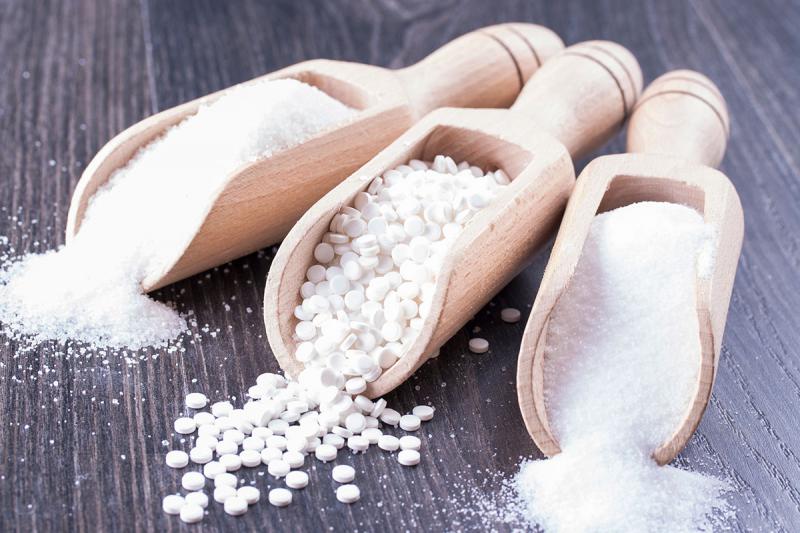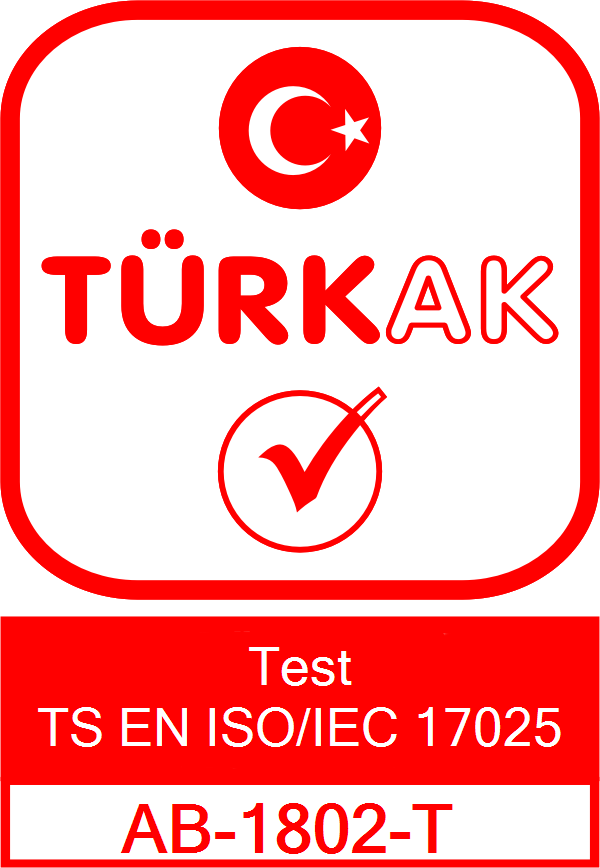
Determination of Artificial Sweeteners
Determination of Artificial Sweeteners
Contents
The use of artificial sweeteners in cosmetic products is generally limited and mostly seen in products with oral applications such as lip products. Artificial sweeteners can be used to improve the flavor profile of the product. However, the determination of these sweeteners is important to determine their concentration in products and their appropriate use.
Commonly used analytical methods for the determination of artificial sweeteners are:
1. *High Performance Liquid Chromatography (HPLC):* This is the most widely used method for the determination of artificial sweeteners. HPLC can measure the concentration of sweeteners by separating the components in the sample and detecting them at a specific wavelength.
2. *Mass Spectrometry (MS):* Mass spectrometry is mainly used for the detection of unknown components or for the determination of components at very low concentrations.
3. *Capillary Electrophoresis:* This method uses an electric field to separate components with different electrokinetic mobilities. It can be used as an alternative method for the determination of artificial sweeteners.
4. *Spectrophotometry:* This method can be used especially when sweeteners absorb or scatter at a certain wavelength.
The assignment process includes these general steps:
1. *Sample Preparation:* Appropriate amount of sample is taken from the cosmetic product and extraction is done with a suitable solvent.
2. *Filtration and Clearance:* Filtration or other purification steps are performed to ensure the extract is ready for analysis.
3. *Analysis:* The prepared sample is analyzed with the chosen analytical method.
4. *Evaluation of Results:* The results obtained are evaluated using standard reference materials or calibration curves.
Finally, how critical the determination of artificial sweetener is for a particular cosmetic product may vary depending on the product type, intended use, and target market regulations. Therefore, it is recommended to consider these factors before analysis.
Sucralose, Aspartame, Acesulfame-K, and Saccharin are artificial sweeteners used as sugar substitutes.
sucralose; It is more effective than artificial sweeteners such as aspartame, acesulfame-K, saccharin.
Sucralose(E955); Sucralose, obtained by chlorination from sugar, is 600 times sweeter.
Aspartame (E951); It is 180 times sweeter than sugar.
saccharine (E954); It is 300 times sweeter than sugar.
Acesulfame-K (E950); It is 200 times sweeter than sugar.

